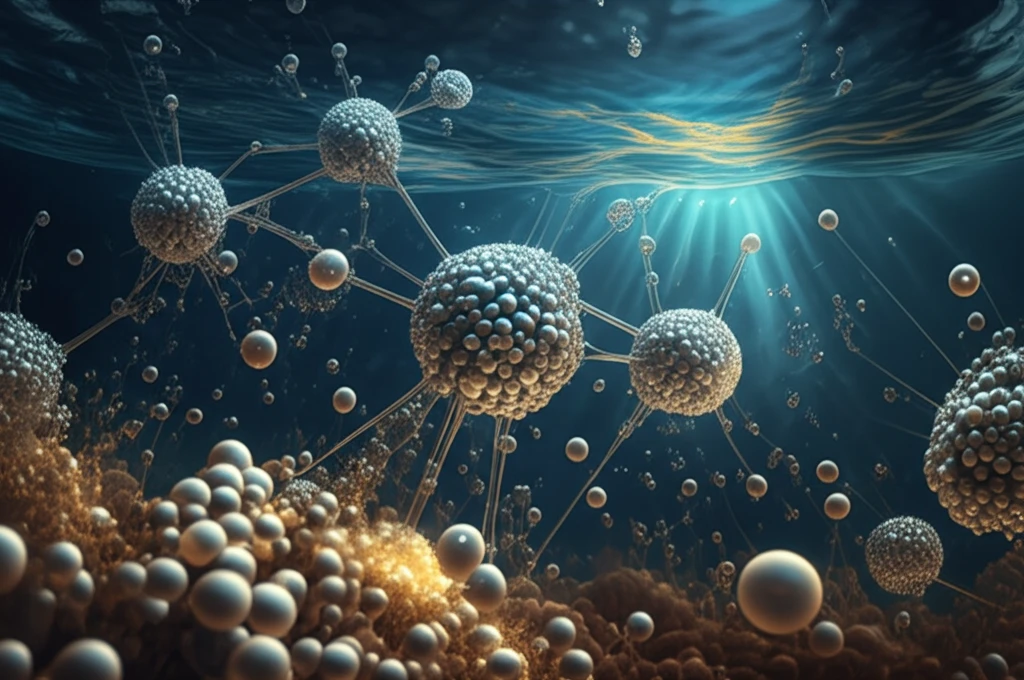
Silver and Gold: Unmasking the Nano-World Interactions
"Decoding the Environmental Impacts of Silver Nanoparticles and Their Metallic Interactions"
In today's world, engineered nanoparticles (ENPs) are everywhere, showing up in over 1800 consumer products. These tiny particles are used for their unique abilities, like fighting germs, speeding up chemical reactions, and improving electronics. Among these, silver nanoparticles (AgNPs) are super popular for their ability to kill bacteria, leading to their widespread use.
But here's the catch: as ENPs become more common, there's growing worry about what happens when they end up in our environment. These particles, along with even tinier micro- and nano-plastics, can mess with ecosystems and potentially harm human health. Understanding how these materials interact is key to figuring out the risks and coming up with solutions.
This article dives into the interactions between silver nanoparticles and other metal nanoparticles, focusing on what happens in real-world environmental conditions. We'll explore how natural processes and other materials change these particles and what it all means for the world around us.
How Do Natural Factors Change Silver Nanoparticles?

Once silver nanoparticles are out in the environment, they don't stay the same. Several factors can change them, including how acidic or alkaline the water is (pH), how much salt is in the water, how much oxygen is available, the presence of natural organic matter (NOM), and sunlight. These factors can cause nanoparticles to clump together, dissolve, or react with other substances.
- pH Levels: Affect the stability and solubility of AgNPs, influencing their aggregation and dissolution rates.
- Ionic Strength: Higher salt concentrations can lead to increased aggregation of AgNPs.
- Oxygen Levels: Influence the oxidation state of silver, affecting its transformation and reactivity.
- Natural Organic Matter (NOM): Acts as a stabilizer, preventing aggregation and altering the surface properties of AgNPs.
- Sunlight: Can drive photochemical reactions that transform AgNPs, leading to the release of silver ions or the formation of new particles.
Looking Ahead: What's Next for Nanoparticle Research?
Understanding how silver nanoparticles interact with other materials is a complex puzzle. Most studies have focused on silver nanoparticles alone, but we need to look at how they behave in mixtures, especially with other common nanoparticles like titanium dioxide and carbon-based materials. By studying these interactions in realistic environmental conditions, we can better assess the risks and develop ways to minimize any harm. This knowledge is crucial for ensuring that the benefits of nanotechnology don't come at the expense of our planet's health.
